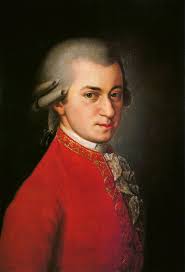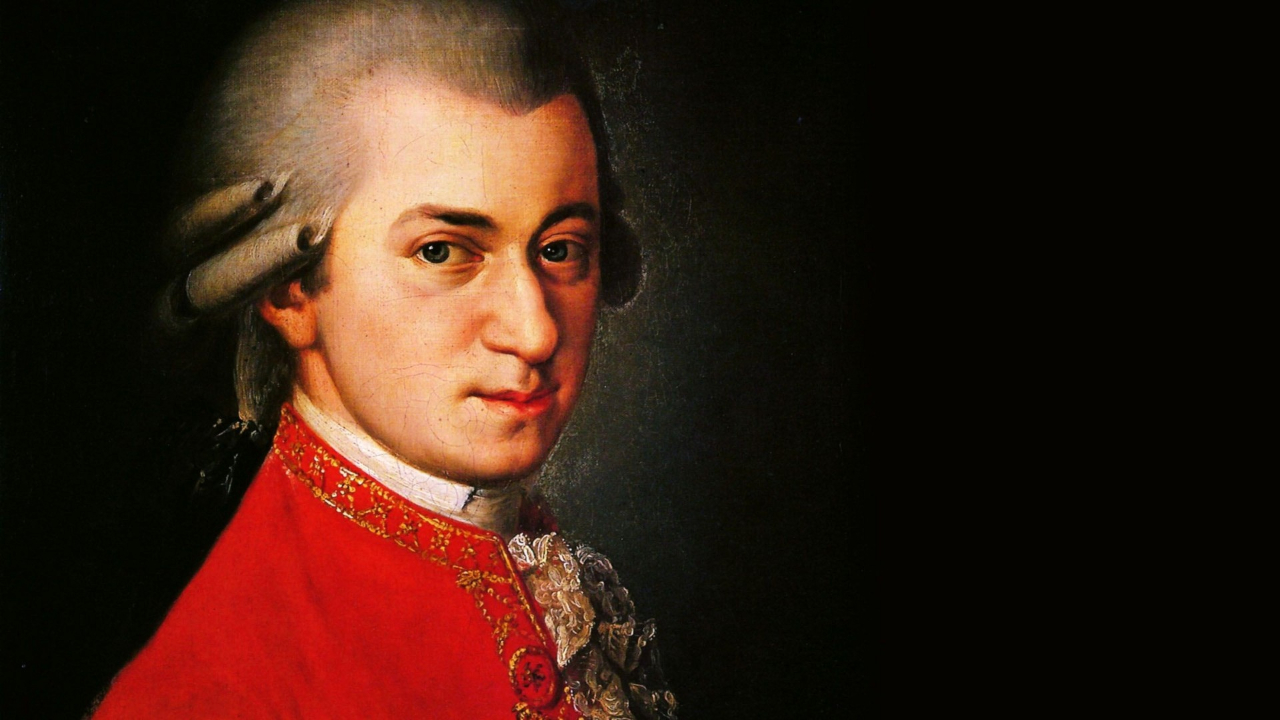Wolfgang Amadeus Mozart, one of the most celebrated composers in classical music history, was a prodigious talent whose works continue to inspire audiences worldwide. His Piano Concerto No. 2 in B-flat major, K. 39, is one of his early concertos, written in 1767 when he was just 11 years old. This composition reflects his remarkable ability to absorb and develop musical styles, even at such a young age.
Context and Composition
Mozart composed his Piano Concerto No. 2 during his childhood while living in Salzburg, Austria. This work is part of a set of three keyboard concertos (K. 37–39) that he arranged based on existing compositions by other composers. The second concerto, in particular, is based on a harpsichord sonata by the French composer Leontzi Honauer. Rather than composing entirely original themes, young Mozart adapted and orchestrated these sonatas into full concertos, showcasing his ingenuity in arrangement and orchestration.
Musical Structure and Style
Like many of Mozart’s early works, Piano Concerto No. 2 follows the three-movement structure typical of the Classical period:
- Allegro – The first movement is bright and energetic, featuring a lively orchestral introduction followed by expressive passages for the solo piano.
- Andante – The second movement is more lyrical and delicate, demonstrating Mozart’s gift for melodic beauty and emotional depth.
- Allegro – The final movement is a joyful and spirited conclusion, reflecting the influence of the original sonata’s lively character.
Despite being a youthful work, the concerto already hints at Mozart’s later stylistic hallmarks, including elegant phrasing, harmonic clarity, and playful interplay between the piano and orchestra.
Reception and Legacy
Mozart’s Piano Concerto No. 2 was likely performed in a domestic or courtly setting, as public concerts featuring young prodigies were common during that era. While it is not as widely performed today as his later piano concertos, it remains an important piece in understanding Mozart’s development as a composer. This early work illustrates how Mozart could transform pre-existing compositions into something uniquely his own, a skill that would define his later, more mature masterpieces.
Conclusion
Though Piano Concerto No. 2 in B-flat major, K. 39 may not be as famous as Mozart’s later piano concertos, it provides a fascinating glimpse into his early musical development. It reflects the young composer’s ability to adapt and enhance existing material, a talent that would flourish throughout his career. Today, this concerto is appreciated by scholars and musicians as a testament to Mozart’s remarkable artistry, even at an incredibly young age.


No responses yet